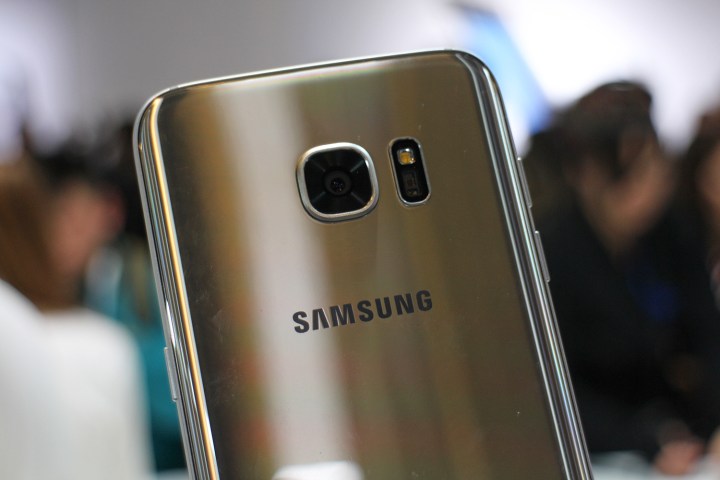
For the first time, the company decided to go completely against the grain by not trying to out-spec everyone else. It also stopped the “satisfy everyone” approach characterized by offering every type of smartphone imaginable.
The camera on the Galaxy S7 and S7 Edge is the perfect example of not trying to out-spec the competition. Samsung always offered the same or higher megapixel count with every Galaxy S release, but the S7 and S7 Edge were downgraded from 16 to 12-megapixels. “In the past, based on our past decision-making process, we never would have gone back,” said Kim Gae-youn, vice president in charge of Samsung’s smartphone product planning.
Executives at Samsung argued about it until the last minute, but the decision to go lower was the right one. The lower megapixels meant better camera quality than its predecessor with unbelievable low light performance and a super fast autofocus. Consumers agreed. The Galaxy S7 and S7 Edge are doing amazingly well in a depressed market, and the latest survey from Katner Research indicates more than half of all S7 buyers rank the camera quality high on their list.
Another major change has to be Samsung’s commitment to phase out useless hardware. Samsung used to offer every type of smartphone possible in order to flood the market. That did work for a while, but that was when smartphone growth was at full steam. In a slower-growth environment, Samsung had to stop the “satisfy everyone” approach and streamline its portfolio.
According to Counterpoint, Samsung cut a third of its product portfolio. On top of that, it brought high-end features like metal designs and OLED displays to low and mid-range products. This enabled the company to use the same parts for many of its phones, which cut costs. More importantly, consumers were no longer confused with the plethora of phones available.
This move was yet another tough decision for Samsung. Kim said executives had a hard time with it because the regional sales staff felt each market needed a specific phone to satisfy those local consumers. However, the company made the right decision again as it spurred a recovery in big markets like India.
With a banner first quarter, things are as solid as ever at Samsung, but analysts are only cautiously optimistic. Global smartphone growth is still expected to slow to 7 percent this year and the company hasn’t recovered in China, the world’s top smartphone market. Samsung is ranked sixth in China behind the likes of Huawei, Xiaomi, and Oppo.
Samsung might not be completely out of the woods, but the company made the tough decisions to put it on the right path. Only time will tell if this path will continue to lead toward prosperity, or if another fork in the road lies ahead.


